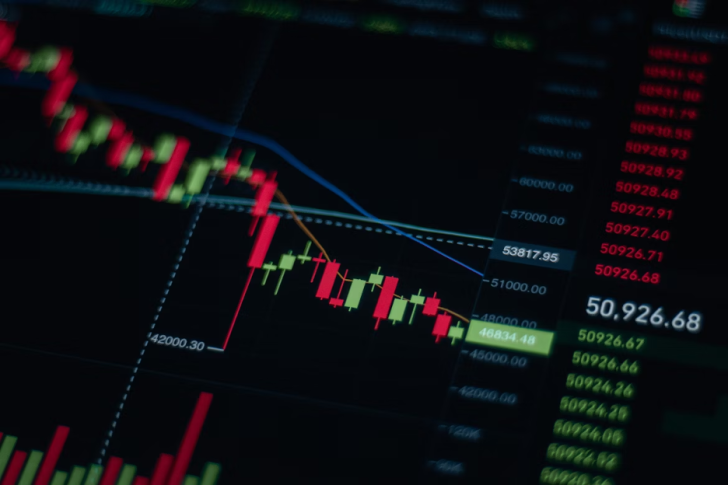Traders can now access information previously reserved for powerful institutional actors globally. Algorithmic software now makes this easier to do through sentiment and trend tracking on various platforms, creating predictive signals that guide decision-making. While social media signals provide an edge, misinformation and hype remain risks. This highlights the need to combine these insights with technical and fundamental analysis. This article explores the rise, reliability, and effective analysis of social media trading signals.
The Rise of Social Media Trading Signals
Social media has revolutionized trading signal generation and distribution across the world effectively. Twitter, Telegram, Reddit, and Discord are now leading platforms for crucial real-time financial news updates. Traders can spot trending assets, price spikes, and sentiment changes instantly through group conversations now. Information democratization enables retail traders to access information previously dominated by institutions, improving market participation and transparency.
Algorithmic trading programs nowadays track social media sentiment, analyzing patterns, keywords, and emotions in order to build predictive trading signals. Most of these signals are used by traders for short-term movements, especially in highly unstable markets such as cryptocurrencies. Social media's real-time nature also means that signals are received promptly, providing the trader with a timing advantage. Misinformation, rumour, and hysteria are still major threats when fully using social media signals.
Professional traders often combine social media inputs with technical and fundamental analysis for confirmation. Monitoring credible sources and assessing past accuracy immediately narrows down incorrect signals. Social media trading signals are a relatively new tool in market intelligence, capturing collective investor sentiment and behavior. When applied judiciously alongside other analyses, these signals can help inform decision-making and potentially improve trading outcomes.
Platforms Offering Reliable Social Media Signals
A number of platforms have become hubs for social media-based trading signals by asset class. Twitter is still a popular source upon which financial commentators, analysts, and official company announcements are tracked by traders. Telegram channels offer exclusive groups in which experienced traders input actionable signals and market commentary. Reddit forums offer cooperative chat, giving sentiment readings and possible price triggers. Discord servers grow more crypto-focused, with crowd-sourced analysis and automated signals that alert members in real time. Social media analysis tools for specialists collect information from numerous sites to detect trending shares, digital currencies, and commodities.
Natural language processing is employed by these tools to gauge sentiment, detect suspicious behavior, and create trading insight. Similar approaches appear in entertainment: streaming services track reactions to adjust content, gaming platforms monitor player feedback to refine updates, and online casinos like Betway use sentiment to shape promotions and engagement, much like traders rely on market signals. Credible solutions disclose the source of the signal, rate of success, and record, promoting transparency. Traders must focus on platforms with successful histories, open practices, and continuous updating. Diversification of sources lowers dependence on a single view and avoids risk. The intersection of social media insights with conventional means of trading ensures an objective vision. Finally, knowledge of the advantages and disadvantages of each platform is required to filter poor-quality signals and improve trading outcomes.
Analyzing Social Media Signals Effectively
Valid examination of trading signals derived from social media needs systematic approaches and diligent analysis. Traders must perform trend analysis on post trends, mention trends, and engagement metrics to gauge market sentiment. Discussions of trending topics and high mention volumes are typically indicative of increased interest or traction in individual assets.
Quantitative sentiment analysis can quantify positivity, negativity, or lack of social media conversation, having predictive potential. Correlating social indicators with technical indicators like moving averages or RSI increases reliability and minimizes false signals. Qualifying the signal for credibility, source, and frequency permits wise decision-making. In addition, monitoring time-sensitive signals allows traders to take advantage of short-term market fluctuations. Lastly, disciplined social media signal analysis enhances trader confidence and decision-making in uncertain markets.
 Peter Smith
Peter Smith

 Peter Smith
Peter Smith


